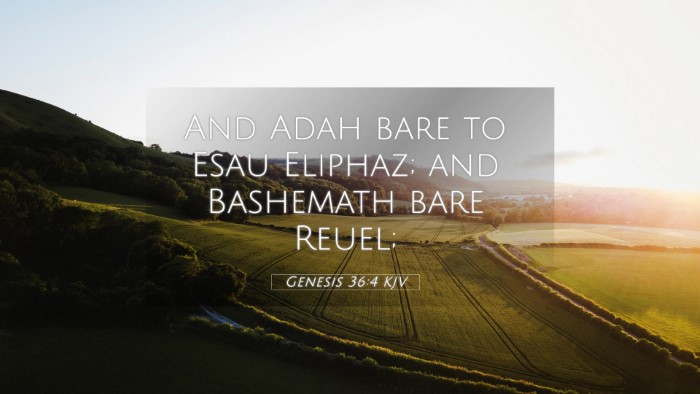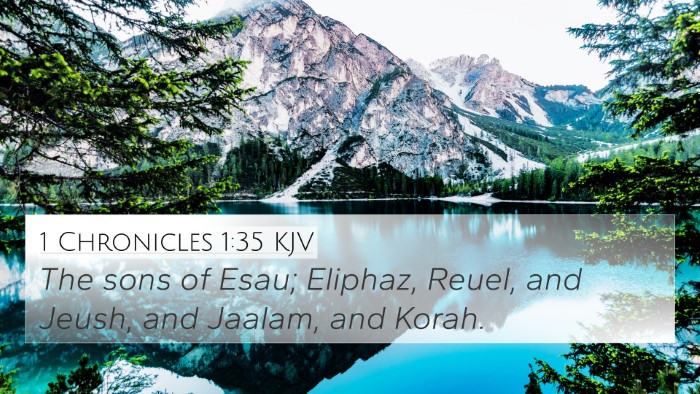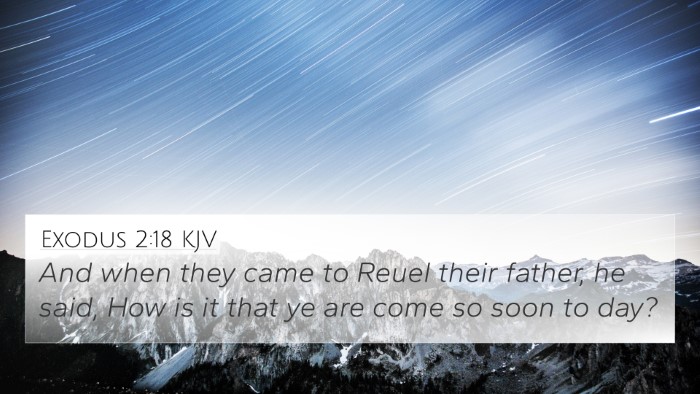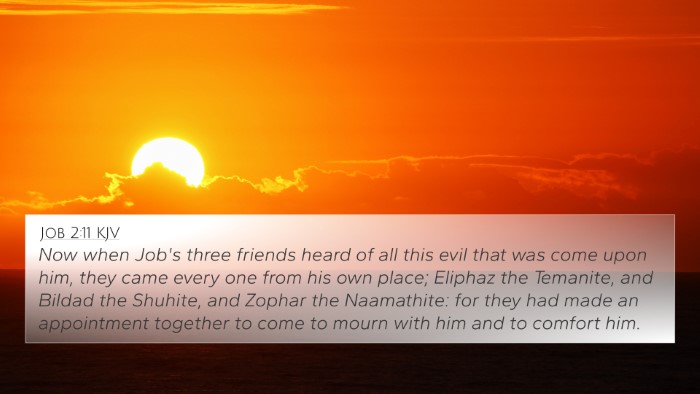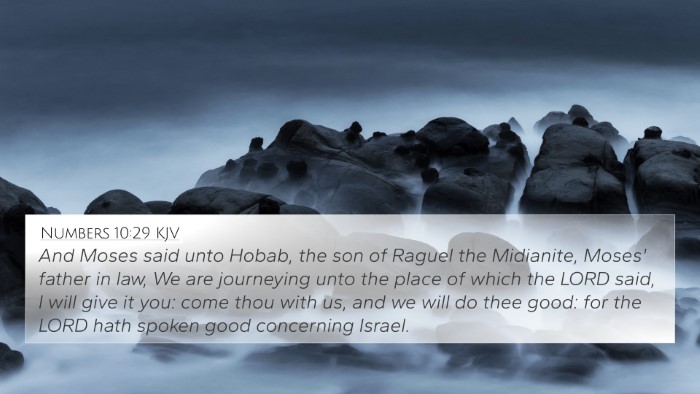Understanding Genesis 36:4
Genesis 36:4 reads: "And Ada bore Eliphaz to Esau; and Bashemath bore Reuel." This verse serves as a pivotal connection in the genealogical narrative of Esau, tracing his descendants and establishing relationships that are integral to the broader biblical context. Below, we summarize the insights from well-known public domain commentaries including Matthew Henry, Albert Barnes, and Adam Clarke, integrating their thoughts to provide a comprehensive understanding of this verse.
Verse Context and Significance
The genealogy presented in Genesis 36 lays the foundation for understanding not only Esau's lineage but also the socio-political dynamics of the regions associated with his descendants, namely Edom. This verse indicates that Esau had notable wives who bore him significant sons, establishing a legacy that would play a role in Israel's history.
Commentators' Insights
-
Matthew Henry:
Henry notes the significance of genealogical records in the Bible, seeing them as not just simple lists, but as vital pieces of history that reinforce God's covenantal promises. He emphasizes that through these genealogies, we see God's providence and the unfolding of His redemptive plan.
-
Albert Barnes:
Barnes illuminates the characters of Eliphaz and Reuel, indicating that Eliphaz became the progenitor of the Edomites and was notably a person of considerable influence. He connects the names and their meanings, highlighting how these elements reflect the cultural context of their time.
-
Adam Clarke:
Clarke focuses on the names listed in this verse, providing etymological insights and deeper cultural meanings. He explains the relevance of Ada and Bashemath in the narrative, suggesting their roles and relationships within the broader context of Esau's descendants.
Bible Verse Cross-References
To deepen our understanding of Genesis 36:4, we can explore various Bible verse cross-references:
- Genesis 25:24-26 - The birth of Esau and Jacob, establishing the foundation of the narrative surrounding their lives.
- Genesis 36:1 - Introduction of Esau as Edom, linking his identity to the land and people that descended from him.
- Genesis 36:11 - Explaining the descendants of Esau, particularly highlighting the lineage of Eliphaz.
- Genesis 14:1-7 - The context of the kings of the area, providing insights into the historical backdrop of the Edomite kings, which are descendants of Esau.
- Malachi 1:2-3 - A reference that contrasts Jacob (Israel) and Esau, illustrating the theological implications of their choices and destinies.
- Hebrews 12:16-17 - Discusses Esau's character and fate, indicating the spiritual lessons drawn from his life choices.
- Deuteronomy 2:4-5 - Insights into the land of Edom and the relationship between Edomites and Israelites, which is crucial for understanding the geopolitical dynamics.
Connections Between Bible Verses
The genealogical narrative not only presents the descendants of Esau but also establishes connections between the Old and New Testament themes. Here are a few thematic Bible verse connections:
- Matthew 1:2 - The lineage of Jesus includes a reference to Jacob, providing a stark contrast with Esau's descendants and reinforcing the doctrine of election.
- Romans 9:13 - "Jacob have I loved, but Esau have I hated," reflecting on the divine choice and its implications for covenant theology.
Tools for Bible Cross-Referencing
When diving deeper into Bible verses like Genesis 36:4, using specific tools for Bible cross-referencing can enhance understanding. Here are some helpful resources:
- Bible Concordance: Useful for locating specific words and their occurrences throughout scripture.
- Bible Cross-reference Guide: This tool can help identify verses that correlate with specific themes or topics.
- Cross-reference Bible Study Methods: Different methods exist for analyzing scriptures in context that can yield rich insights into scripture interpretation.
- Comprehensive Bible Cross-reference Materials: These resources provide an extensive list of connections across the entire biblical text.
- Bible Reference Resources: Various commentaries and study guides are available that can significantly aid in cross-referencing and understanding scripture.
Conclusion
Genesis 36:4 is much more than a simple mention of Esau’s descendants; it is a link in the chain of biblical history that ties the destinies of nations and spiritual teachings together. By examining the genealogical significance, drawing on cross-references, and utilizing tools for deeper study, readers can uncover layers of meaning that enrich their understanding of scripture. Genesis 36:4 ultimately acts as a reminder that every detail in the Bible contributes to the overarching narrative of God's plan for humanity.

